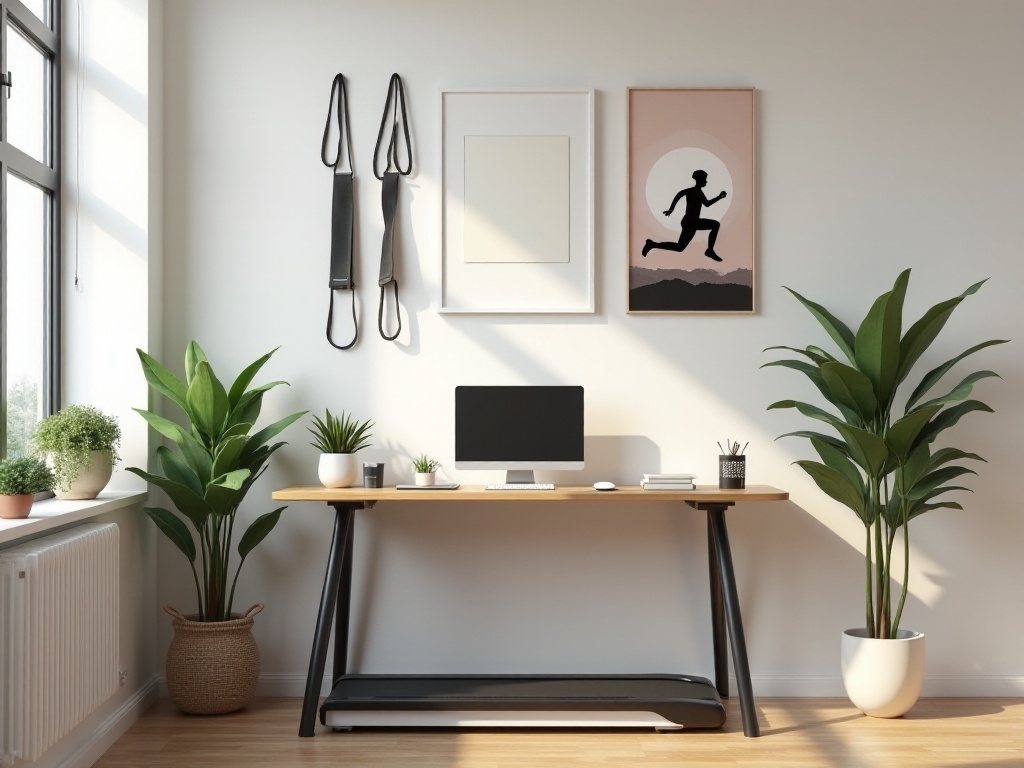Introduction
As someone who recently started working, I deeply understand how difficult it is to stick to fitness! After a 9-to-5 workday, all I want to do is lie down and watch shows - it's really hard to find the motivation to exercise. However, after some trial and error, I finally found some exercise methods that work for me. Today I'd like to share my experience, hoping it can help those who are also struggling on their fitness journey.
Time Management
To be honest, when I first started trying to exercise, I always made excuses like "I'm too tired from overtime today" or "This project deadline is coming up." But later I realized that "no time" really meant I wasn't prioritizing exercise enough.
Take myself for example - I used to skip exercise for days in a row to rush projects. Now I've learned to plan ahead, spending some time every weekend evening scheduling next week's workouts. For instance, Monday and Wednesday evenings are for strength training, Tuesday and Thursday for cardio, and weekends for swimming or yoga. I put these exercise times in my calendar, treating them as important as appointments.
I've found that spreading out exercise times really helps. Like waking up 30 minutes early to do 20 minutes of morning yoga, which wakes up my body without being too tiring. During lunch breaks, I'll take 20-minute walks with colleagues to relax and discuss work. After getting home in the evening, I'll do 20 minutes of strength training, then shower and sleep well.
By the way, I've developed a habit of preparing workout gear in advance. I keep workout clothes and shoes in visible places, so when I get home and see them, I naturally want to exercise. On weekends, I wash and dry next week's workout clothes and organize them according to the plan, so there's no hesitation when changing clothes after work.
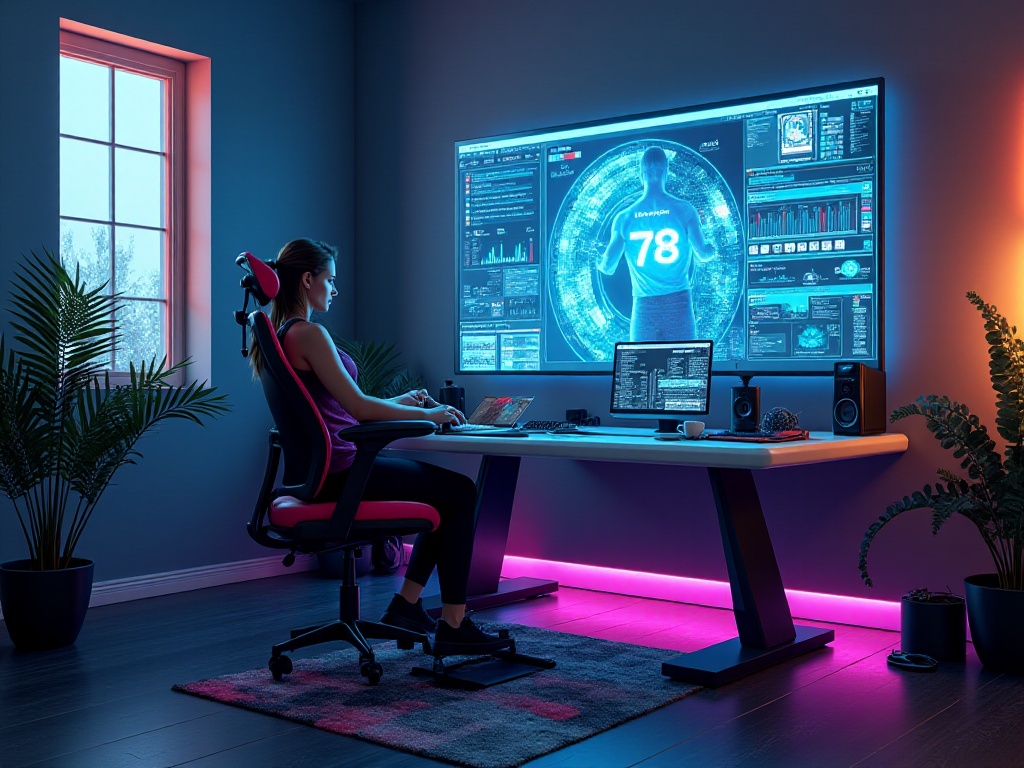
Gradual Progress
Speaking of this, I have to mention my hard-learned lesson. When I first started working out, I saw exercise videos others posted on social media and thought I could easily do the same. The result was being so sore the next day I could barely get out of bed - I almost gave up.
Later I understood that exercise really needs to be gradual. Like when I started running, the first week was just fast walking with occasional jogging. Only in the second week did I slowly add more running time. Now I can easily run 5 kilometers, but this progress took nearly two months to achieve.
I particularly like using progressive exercise challenges to motivate myself. For example, the squat challenge: 20 squats on day one, adding 2 each day. It seems like a small increase, but after a month, you can easily do 80 squats. Same with planks - I couldn't hold for 20 seconds at first, but now I can easily maintain 3 minutes. This kind of progress really gives a sense of achievement.
I've found that gradual progress isn't just about exercise intensity, but also about choosing types of exercise. You can start with basic exercises like walking, jogging, and simple strength training. Once your body adapts, try activities requiring more skill, like swimming, yoga, or aerobics. This not only prevents injury but keeps exercise interesting.
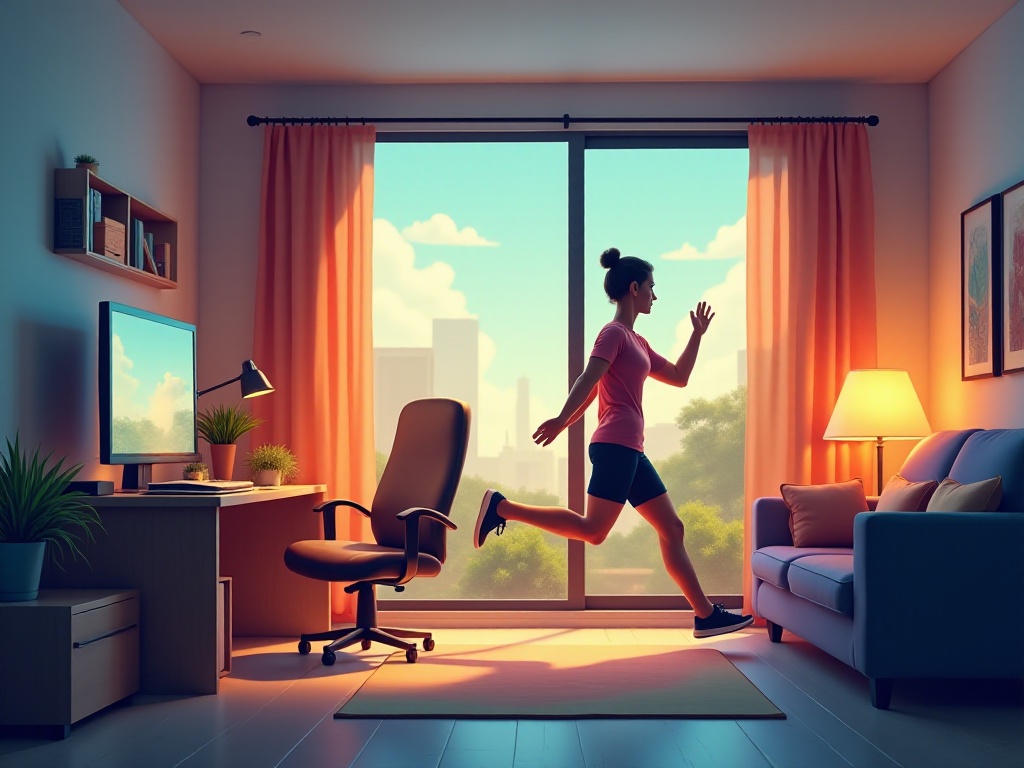
Home Workouts
On this topic, I really have to advocate for home workouts! While gyms look professional, just thinking about packing stuff and squeezing onto the subway to get there feels troublesome. Plus, always having to wait for equipment feels like time wasted.
Later, I created a small workout space at home, only about two square meters, but it's completely sufficient. I bought a yoga mat, two adjustable dumbbells, a resistance band, and a foam roller - these basic equipment pieces can meet most training needs.
The best part is that many household items can be put to use. I often use water bottles as dumbbells, the sofa back for push-ups, and wall corners for handstand practice. I also put a folding exercise bike in the living room and ride while watching shows. This way I can exercise for half an hour without noticing, and with TV shows distracting me, it doesn't feel tiring at all.
Home workouts have another advantage: you don't have to worry about others' eyes. When first practicing some movements, you might be uncoordinated, which can feel really awkward at the gym. But at home, you don't need to mind these things and can focus on your own feelings and progress.
My current home workout plan is: upper body training on Mondays and Thursdays, mainly push-ups and dumbbell exercises; lower body training on Tuesdays and Fridays, including squats and lunges; core training on Wednesdays and Saturdays, like planks and sit-ups; Sundays are for light stretching and relaxation. Each training session takes about 40 minutes to an hour, which can be completed while watching shows or listening to podcasts.
Continuous Motivation
If you ask what's the hardest part about maintaining exercise, I think it's keeping motivation. You start full of enthusiasm, but it's easy to slack off after a while. So I designed a motivation system for myself.
First, I use a fitness tracker to record daily exercise data. Watching the numbers grow for steps, calories burned, and exercise duration really gives a sense of achievement. I also post workout check-ins on social media - even if few people pay attention, this public commitment creates some pressure to keep going.
I've also set up stage rewards for myself. Like allowing myself to sleep in on weekends after a full week of exercise; rewarding myself with new workout clothes after a month; getting a full-body massage after three months. These small rewards make me look forward to exercise more.
Besides material rewards, I set interesting challenge goals for myself. Like "30-day different yoga pose challenge" or "21-day early morning exercise challenge." These challenges make exercise more fun, and the sense of achievement after completing them motivates me to continue.
I've also found that having like-minded exercise partners is really important. I formed an exercise check-in group with some colleagues where we share workout records and encourage each other daily. Sometimes when I want to be lazy, seeing others in the group persevering motivates me to get back to exercising.
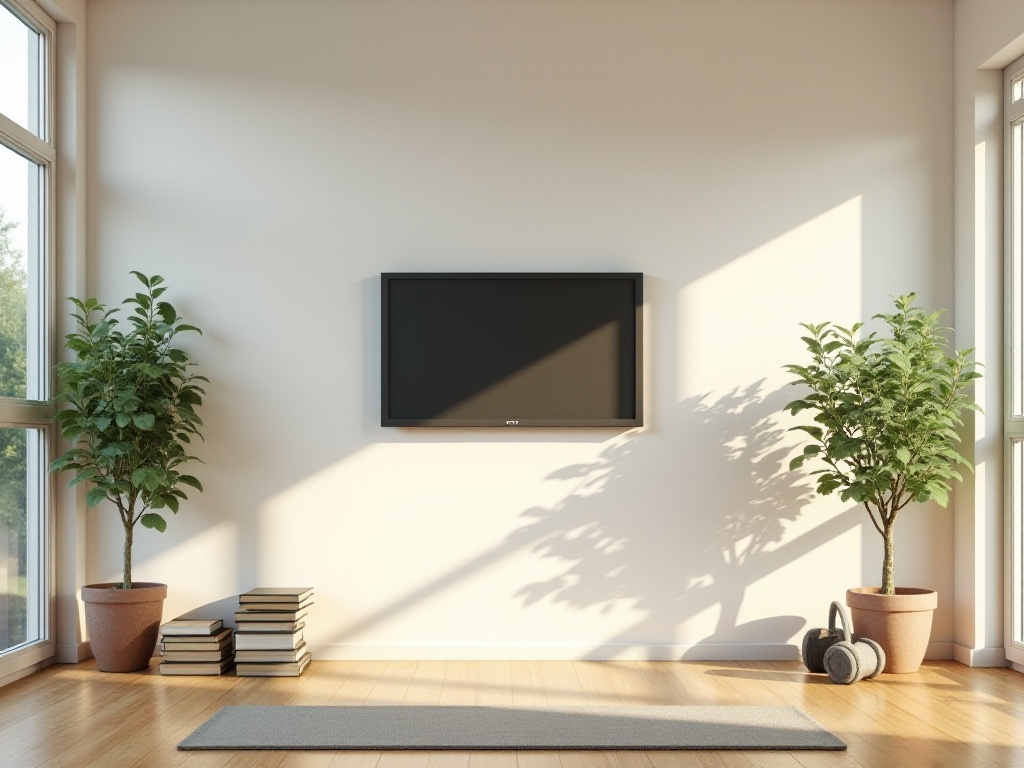
Mindset Adjustment
To be honest, when I first started exercising, I was particularly concerned about weight. I weighed myself every day and felt really discouraged if the weight didn't drop. Later I understood this mindset actually easily leads to giving up. Because weight changes are affected by many factors, you might exercise consistently but see weight increase, which can be particularly frustrating.
Now I focus more on overall body changes. Like how climbing five floors used to leave me breathless, but now it's effortless; carrying two bags of groceries used to feel heavy, now it feels much lighter; sleep quality has improved too, no more insomnia or waking up in the middle of the night. These changes are what really matter.
I've also learned to appreciate other benefits of exercise. Like how dopamine released during exercise makes you feel great; taking a hot shower after working out feels really relaxing; plus exercise is a great way to reduce stress - when work pressure is high, exercising makes you feel much better.
Most importantly, I've learned to be more forgiving of myself. Before, if I missed one day of exercise, I'd feel really guilty, like all previous efforts were wasted. Now I understand that taking an occasional rest day is normal - what's important is not to skip two days in a row. Sometimes when work is particularly busy and there's no time for a complete workout, doing 10 minutes of simple exercise is fine too - maintaining the habit is what's important.
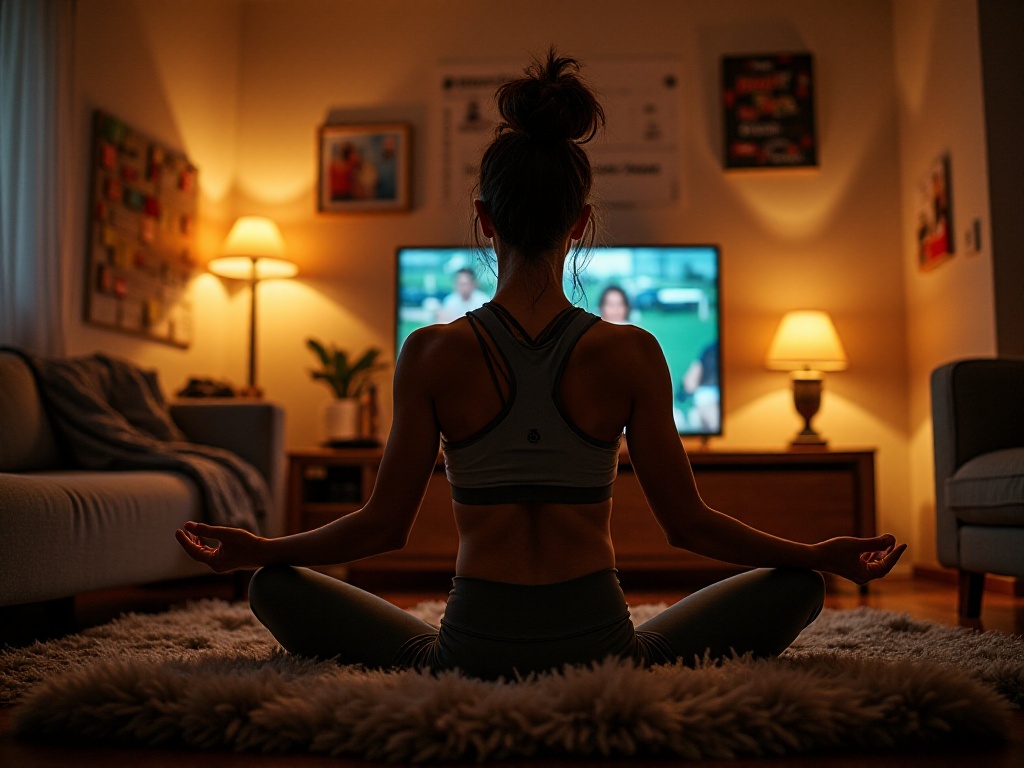
Final Thoughts
Looking back at my exercise journey over the past half year, I've really experienced big changes. Not only has my body become healthier, but my mindset has become more positive too. Now exercise has become an indispensable part of my life, as natural as brushing teeth and washing face.
Actually, the key to fitness isn't intense exercise, but persistent consistency. Finding suitable exercise methods for yourself and progressing at your own pace is what's most important.
I hope my experience can give you some inspiration. A healthy lifestyle isn't achieved overnight, but needs to be cultivated gradually. Let's find joy in exercise together and become better versions of ourselves.
Finally, I want to say it's never too late to start - what's important is taking the first step. Maybe now is the best time to begin - put down your phone and get moving!







